More Than Pumpkin Spice: Your Practical Guide to an Authentic Autumn
I’ve gotten to know autumn on my own terms, not by flipping a calendar page, but by the way the sun hits the fields in the late afternoon. It’s a feeling deep in your bones. It starts with a subtle change in the light, a certain slant that tells the corn it’s time to dry down. Then you get that rich smell of damp earth and decaying leaves—the scent of the soil getting ready for its long winter rest. For me, this season isn’t about fancy coffee drinks; it’s about the deeply rewarding work of the harvest and battening down the hatches for the cold.
In this article
Over the years, I’ve shown a lot of people the ropes, from teaching apprentices how to cure winter squash to showing city folks how to tell a crisp apple from a mealy one. And the questions are almost always the same. People feel a pull this time of year, a need to connect with something real, something beyond the seasonal aisle at the grocery store. This guide is my answer to all those questions. It’s the practical stuff I’ve learned from a life of dirt-stained hands and patient observation.

Understanding the Autumn Shift: The Science Behind the Scenery
The magic of fall is really just a beautiful mix of biology and physics. And honestly, knowing what’s actually happening on a scientific level makes you appreciate the whole show even more. It turns you into a better observer of the world around you.
So, Why Do Leaves Change Color?
Throughout the spring and summer, leaves are packed with chlorophyll, the powerhouse pigment that soaks up sunlight for photosynthesis. Its intense green is so dominant that it completely masks the other colors hiding in the leaves.
But as the days get shorter and the nights turn chilly, trees get the signal to start shutting down for winter. The chlorophyll breaks down and fades away, and that’s when the other pigments finally get their moment in the spotlight. You’ve got the carotenoids, which create those familiar yellows, oranges, and browns—the same stuff you see in corn and carrots. Then, some trees like maples and oaks produce anthocyanins, which are responsible for the most spectacular reds and purples. The vibrancy of these colors, by the way, depends entirely on the weather. A string of warm, sunny days followed by cool, crisp nights gives you the most brilliant reds. An early frost, on the other hand, can mute the whole display.
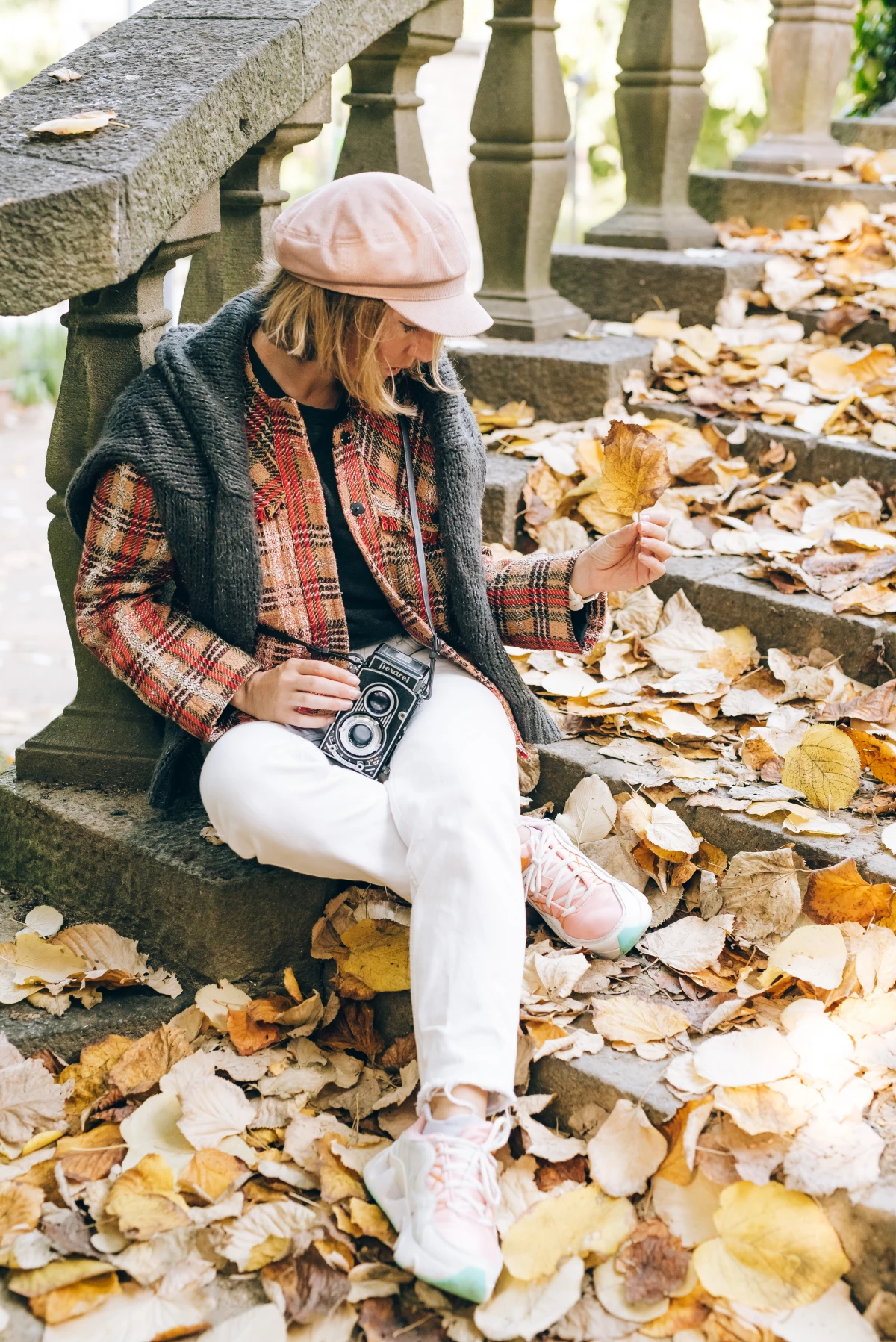
That “Crisp” Feeling in the Air
You know that classic crisp feeling you get with the first real autumn air? That’s science, too. Summer air is often thick and heavy with humidity (which is just water vapor). As temperatures drop, the air can’t hold onto as much moisture. This lower humidity makes the air feel lighter, drier, and, well, crisper. It’s a difference you can feel in your lungs. This change also affects how smells travel, which is why the scent of woodsmoke or damp soil seems to linger so beautifully in the air.
Why You’re Seeing More Animals
The shortening days—what scientists call the photoperiod—also trigger massive changes in animal behavior. This is crunch time for them. Squirrels are in a frenzy, burying nuts for the winter. Deer become way more active, especially around dawn and dusk. And bears enter a state called hyperphagia, where they eat almost nonstop to pack on fat for hibernation. It’s a powerful reminder to give wildlife plenty of space. They are on a mission, and their survival literally depends on it.
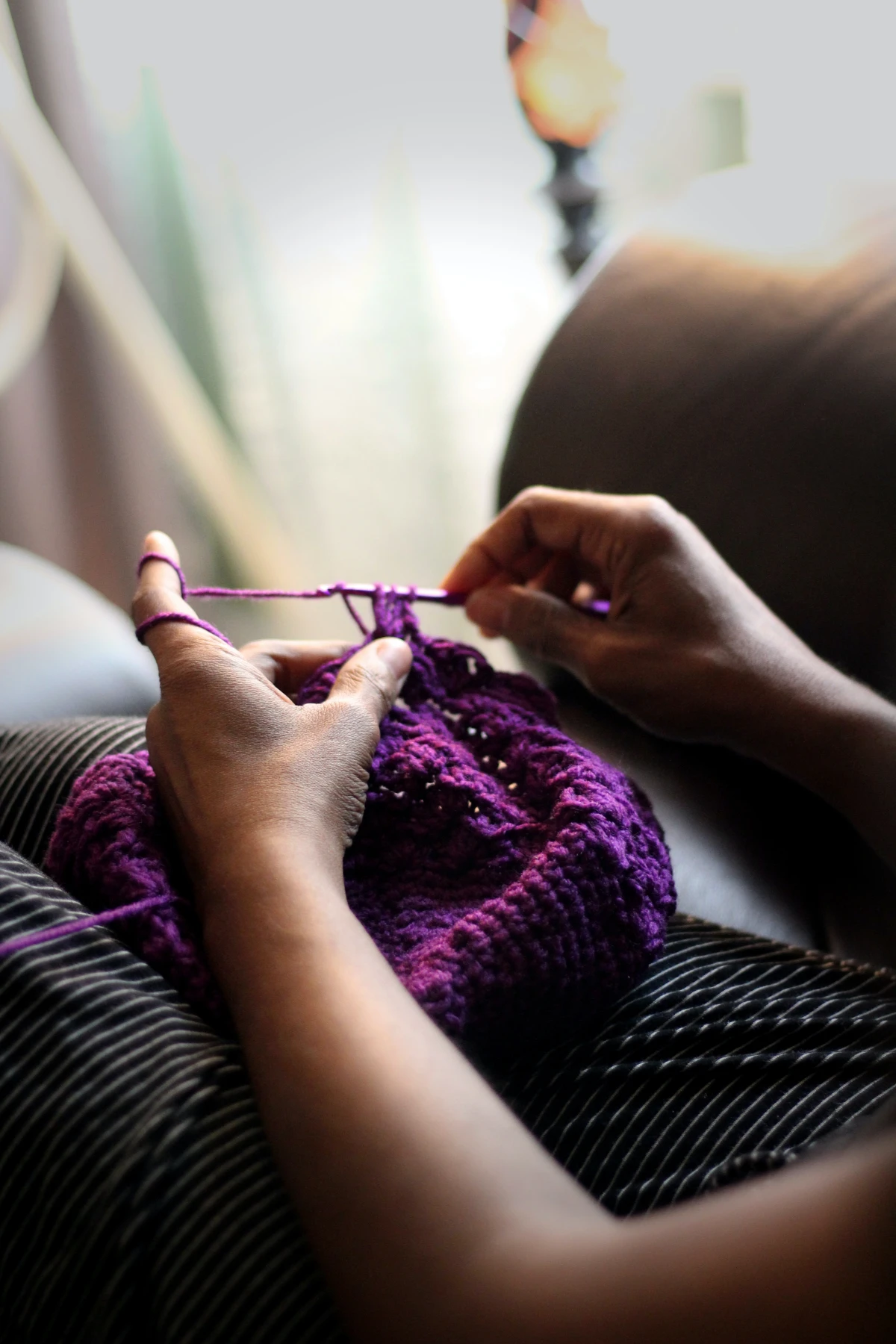
Getting Outdoors Safely: Your Guide to Fall Hiking
Autumn hiking is absolutely incredible, but it brings its own set of challenges. The conditions are a world away from a casual summer stroll. A little preparation can be the difference between a great day and a genuinely bad time.
The Pro Technique: Layering for a Fall Day
The absolute key to staying comfortable and safe is layering your clothes. Temperatures can swing like crazy, from frosty in the morning to surprisingly warm in the afternoon sun. And here’s the number one rule: NEVER wear cotton. I can’t say this enough. Cotton is like a sponge; it soaks up sweat and rain and loses all its insulating power, which can lead to hypothermia even on a cool day. Seriously, leave the jeans and cotton hoodies at home.
- Base Layer: This is what’s against your skin. Its only job is to wick moisture away. Think merino wool or a synthetic fabric like polyester. A decent synthetic base layer might run you $25-$50 at a place like Target or Dick’s Sporting Goods, while a high-end merino wool one from a specialty store could be closer to $100. Honestly, both work just fine.
- Mid Layer: This is your insulation. A fleece jacket or a light down vest is perfect. It traps your body heat and is easy to take off and stuff in your pack if you get warm.
- Outer Layer (Shell): This is your shield against wind and rain. A waterproof or at least water-resistant jacket is a must-have. Even on a clear day, weather can turn fast.
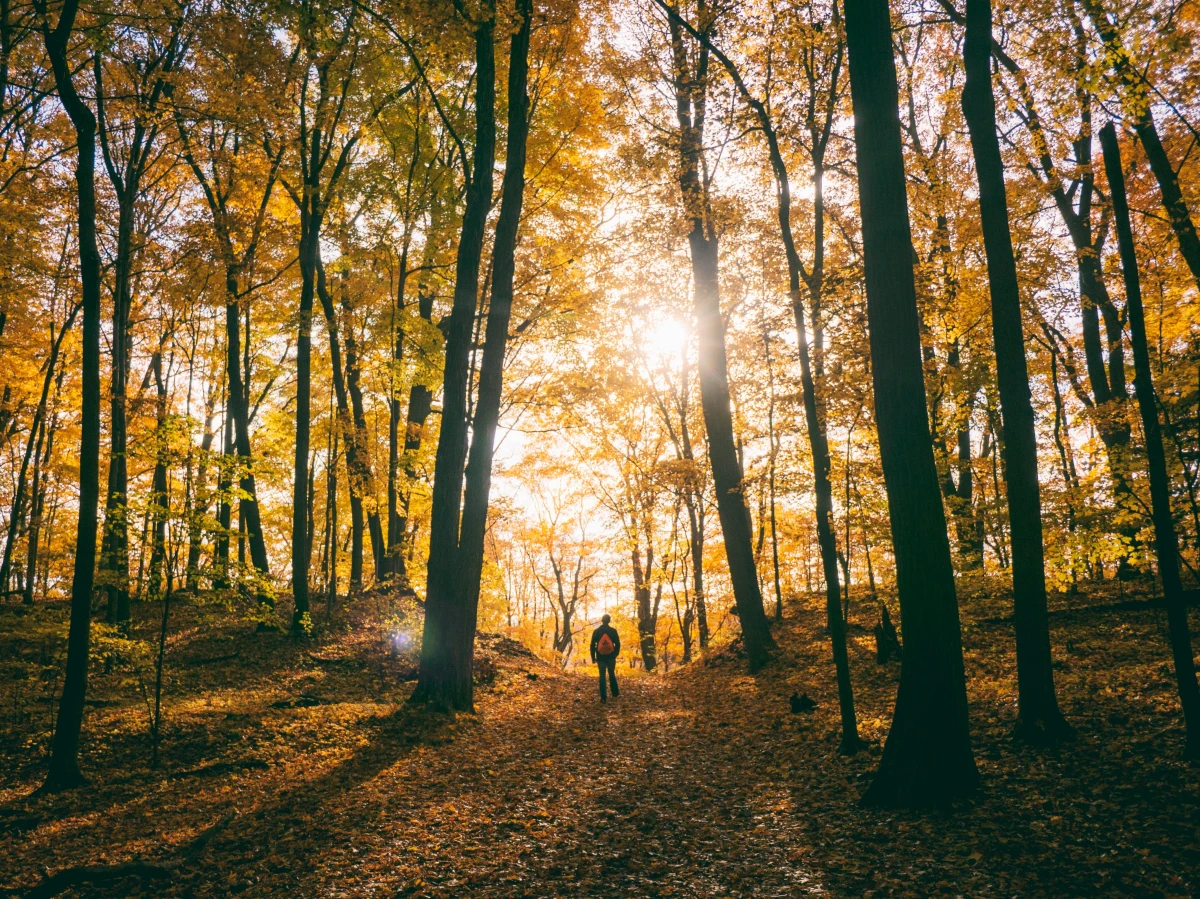
A thick carpet of leaves is gorgeous, but it’s also hiding things. Roots, rocks, and ankle-twisting holes can be completely invisible. Worse, the trail itself can disappear.
Trekking poles are a game-changer here. They give you stability and let you probe the ground ahead. You also just have to slow down. Pay close attention to trail markers, those little painted blazes on the trees. And please, carry a physical map and a compass and know how to use them. Your phone is not a reliable backup—batteries die and signals vanish. It’s a simple precaution that can save you a world of trouble.
A Taste of the Wild: Simple, Safe Foraging
Foraging can connect you to the land in a profound way, but it demands absolute caution. The rule is simple: if you are not 100% certain what something is, DO NOT EAT IT. Many poisonous plants have perfectly innocent-looking twins.
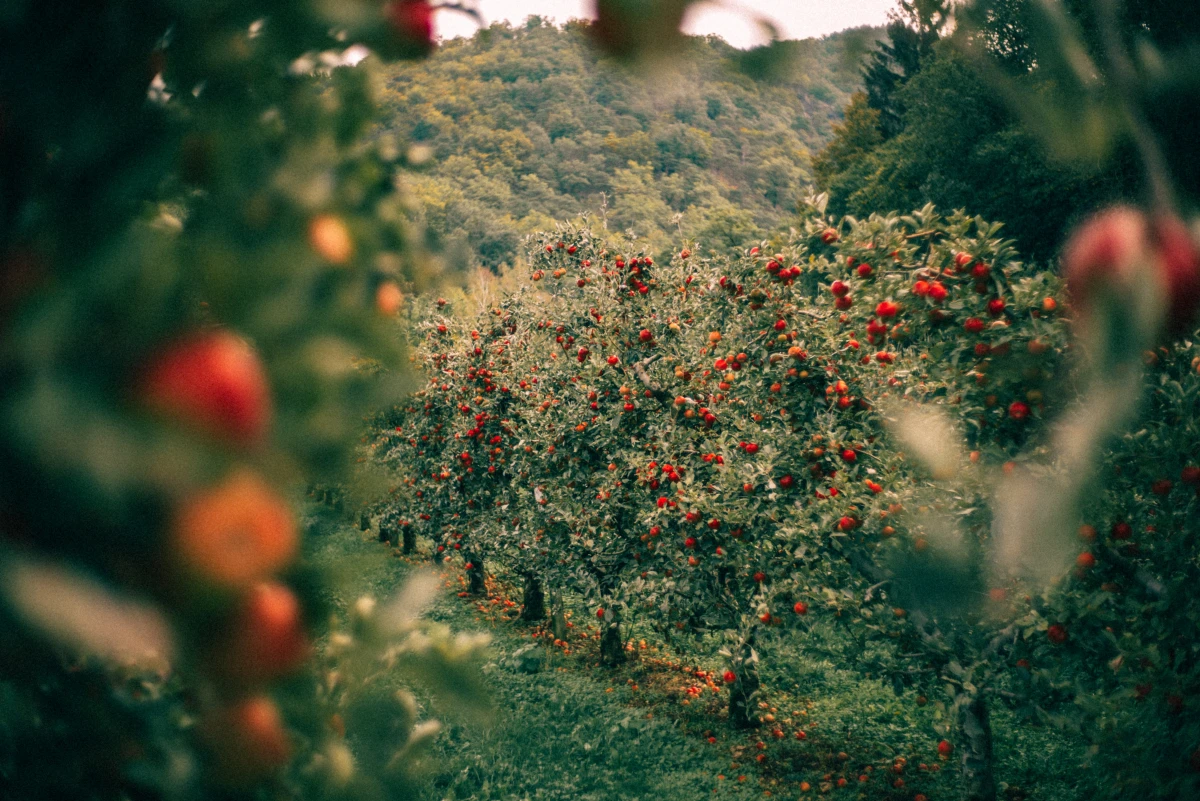
For beginners, I always suggest starting with things that are unmistakable:
- Acorns: They’re everywhere and easy to spot. But they are loaded with bitter tannins and are completely inedible raw. You have to leach them. The easiest way is to boil them, changing the water every 30 minutes or so, until the water is no longer dark brown. It’s a process, for sure, but that’s the key! Once leached, you can dry them and grind them into flour.
- Black Walnuts: Easy to identify but a real labor of love. The green hull will stain your hands, clothes—everything—a deep brown. You have to remove that hull, let the nuts cure in a dry spot for a few weeks, and then tackle the incredibly hard shells.
- Wild Persimmons: A real treat, but only after a good frost, which breaks down their astringency. Biting into an unripe persimmon will pucker your mouth like you wouldn’t believe. A ripe one, however, is wonderfully sweet and custardy.
A quick disclaimer is essential: before you ever try foraging, get a good regional field guide. Even better, go with a local expert. It is simply not worth the risk to guess, especially with things like mushrooms.

The Harvest: From the Orchard to Your Kitchen
The fall harvest is the grand finale of the growing season. For those of us who farm, it’s an intense blur of activity. For anyone visiting a U-Pick farm, it’s a chance to really connect with your food. A little know-how can make the whole experience better for everyone.
How to Pick an Apple the Right Way
There’s a definite technique to picking an apple. Most people just grab and yank. This can damage the branch, but more importantly, it can rip off the fruit spur—that’s the little woody nub that produces apples year after year. If you tear it off, that spot might not grow an apple for several years. It’s a small act of respect for the tree and the farmer.
Here’s the trick: roll the apple upwards toward the branch and give it a gentle twist. It should pop right off. If you have to pull hard, it’s not ready yet.
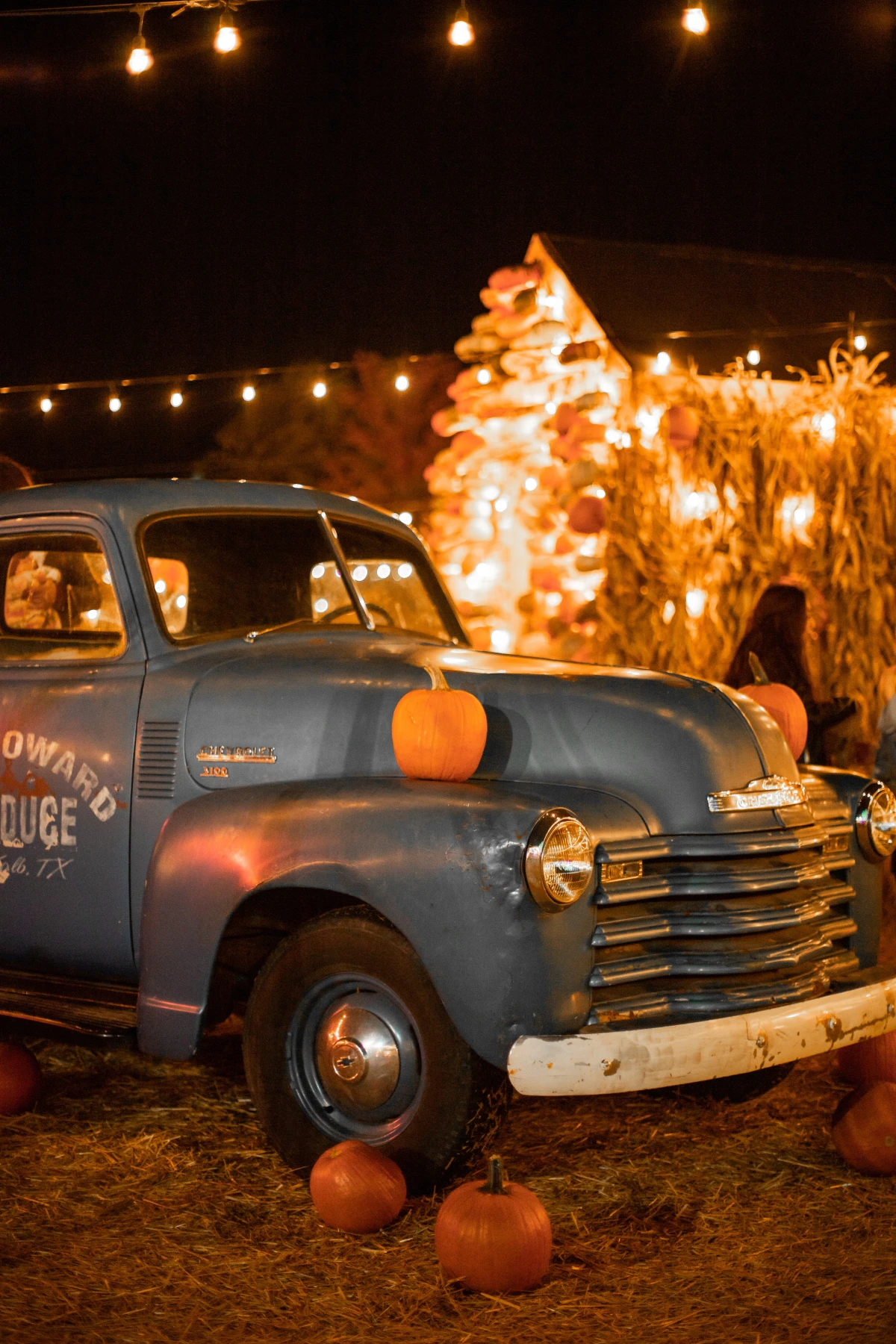
Choosing the Right Apple for the Job
Not all apples are the same. Supermarkets have trained us to look for a few popular varieties, but a good orchard offers a huge range. A wise old farmer once told me, “There’s an apple for every purpose,” and he was absolutely right.
Think about what you’re making. For pies and baking, you want a firm apple that holds its shape. Granny Smith, Braeburn, and Honeycrisp are fantastic choices because they have a great tart-sweet balance. If you’re making applesauce, you want an apple that cooks down easily into a soft, smooth sauce, so go for something like a McIntosh or Cortland. For just eating fresh and crisp, it’s all about preference, but Gala, Fuji, and Empire are always crowd-pleasers. My personal pro-tip for pies? Use a mix! I’ll combine a firm, tart apple for structure with a softer, sweeter one for flavor.
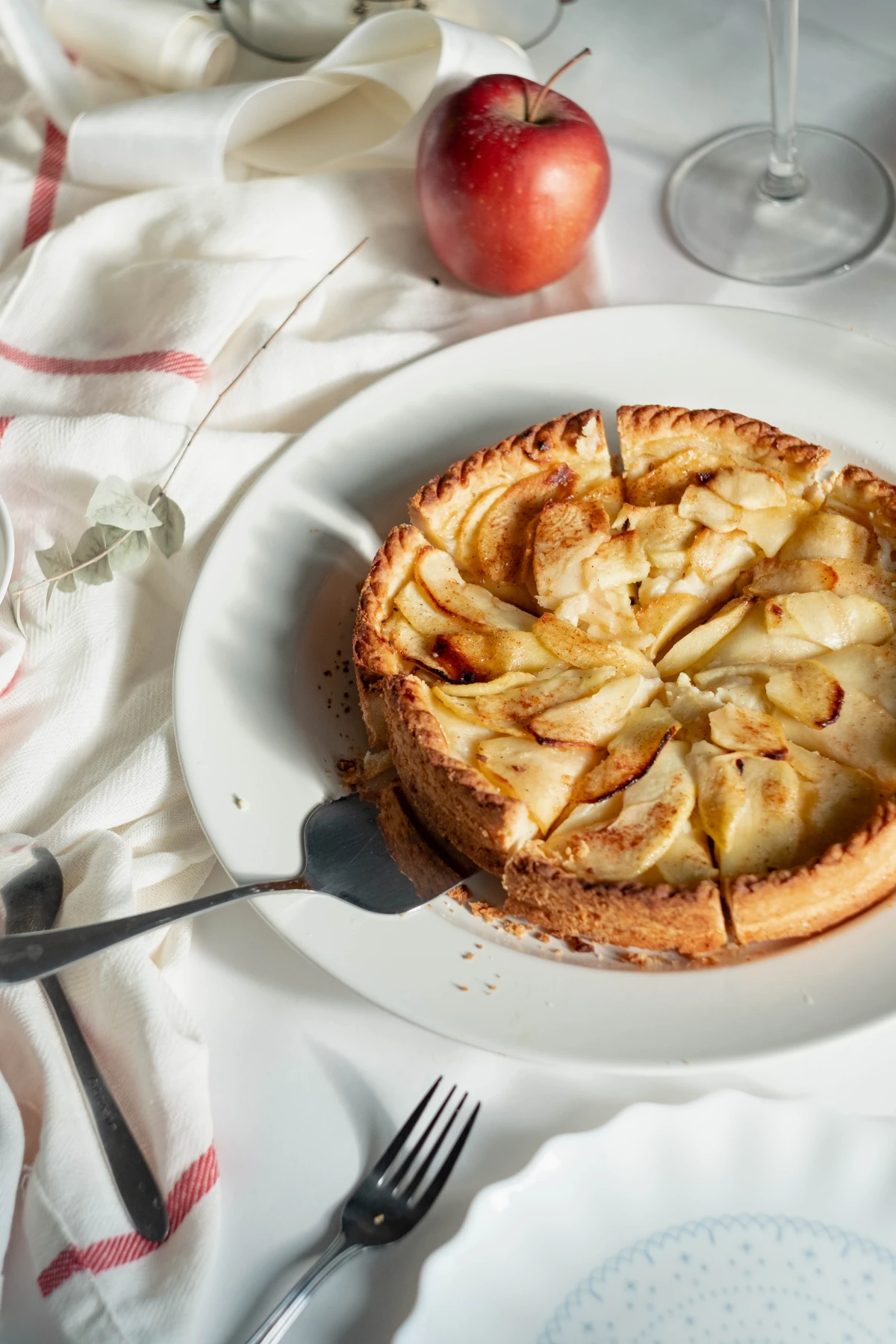
The Truth About Pumpkins
Those big, perfectly round, handsome pumpkins piled up at the store? They’re grown for carving, not for eating. They tend to have thin, watery walls and a stringy, bland-tasting flesh. For cooking, you want a smaller, denser pumpkin, often called a pie pumpkin or a sugar pumpkin. Look for varieties like ‘New England Pie’. When you pick one up, it should feel surprisingly heavy for its size—that’s how you know it’s full of dense, sweet flesh, not just a hollow interior.
Practical Solutions: Preserving Your Bounty
It’s so easy to come home from an orchard with 20 pounds of apples. The key is having a plan so none of that goodness goes to waste. Here are a couple of my go-to methods.
The Easiest Applesauce You’ll Ever Make
This is the simplest way to deal with a big haul of apples, no special canning gear required. A good rule of thumb for planning: a 5-pound bag of apples will typically yield about 2 quarts of sauce.

Just wash, core, and quarter your apples (you can leave the skins on for extra color and nutrients). Toss them in a big pot with an inch of water or apple cider to keep them from scorching. Cook them over medium heat until they’re super soft, which can take 20-40 minutes. Then, run the cooked apples through a food mill to remove the skins and get a smooth sauce. No food mill? No problem. Just peel them before cooking and mash with a potato masher. Add sugar or spices to taste, then let it cool completely and pack it into freezer-safe containers. It’ll keep for up to a year!
Curing and Storing Winter Squash
Winter squash like butternut and acorn can last for months if you store them right. The secret is a process called curing, which heals any nicks on the skin and prevents rot. Just let the squash sit in a warm, sunny spot (around 80-85°F is great) for a week or two. After that, move them to a cool, dark, dry place, like a basement or a closet—around 50-60°F is ideal. Don’t refrigerate them!
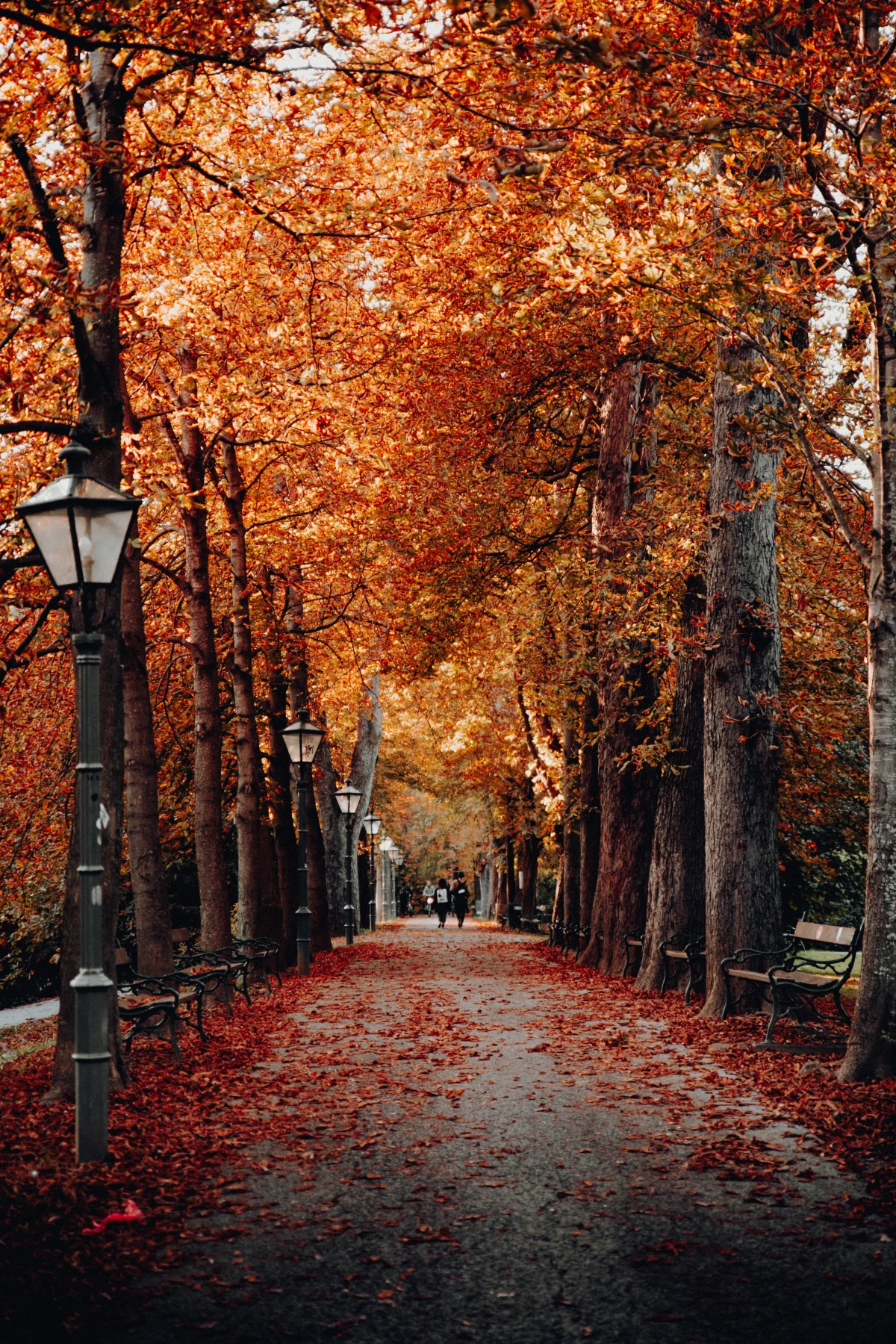
Heads up! Here’s a common mistake: Don’t store your cured squash next to apples, bananas, or other ripening fruit. They release ethylene gas, which will make your squash rot super fast. Keep them separate.
Finding an Authentic Fall Festival
Fall festivals are a cornerstone of rural community life, but let’s be frank, many have become overly commercialized. They feel more like traveling carnivals than a celebration of the harvest.
What to Look For in a Real Fall Fair
The best events have a real connection to the local land and its people. Look for agricultural exhibits like animal showings or giant vegetable contests. Are the vendors local artisans selling handmade goods, or is it all mass-produced junk? Seek out the booths run by community groups like the local grange or historical society—they’re often selling the best homemade pies. And check the food! Is it regional, like apple cider donuts and chowder, or just generic festival fare?
To find these gems, you have to get creative with your search terms. Instead of just looking for “fall festival,” try searching for things like “county 4-H fair,” “local grange pancake breakfast,” or “historical society harvest festival.” That’ll help you cut through the noise.
A Final Word on Safety and Respect
I hope this guide encourages you to get your hands dirty and really engage with the season. But that comes with a responsibility to be safe and respectful. Always respect private property—don’t hike or forage on land without permission. Pay attention to local park rules, and please be aware of hunting seasons in your area. When hiking during these times, wear blaze orange to stay visible and safe. You can check your state’s Department of Fish & Wildlife website for specific season dates.
The knowledge I’ve shared here comes from a lifetime of practice, and I’m still learning every single year. Nature is a complex and humbling teacher. Be observant, be curious, and be safe. The rewards of connecting with this season are worth every bit of the effort.
Inspirational Gallery
The Secret to Storing Apples: To keep your autumn harvest crisp until spring, store apples in a cool, dark, and slightly humid place like a cellar or garage. The crucial step? Ensure they don’t touch each other. Wrapping each apple in newspaper or placing them in cardboard dividers prevents one spoiling apple from ruining the whole batch.
More than 540 species of butterflies and moths rely on fallen autumn leaves for shelter during their larval or pupal stages.
Before you rake, blow, and bag every last leaf, consider leaving a layer in your garden beds and around the base of trees. This natural blanket insulates plant roots, enriches the soil as it decomposes, and provides a critical winter habitat for the pollinators you’ll want to see next spring. A little untidiness is a gift to your garden’s ecosystem.
Ever wondered why a wood fire feels so much cozier than central heating?
It’s not just in your head. The radiant heat from a fire warms objects and people directly, a deep, penetrating warmth that’s fundamentally different from the hot air produced by a furnace. Add the subtle scent of oak or applewood and the mesmerizing dance of the flames, and you have a multisensory experience that connects us to a primal sense of comfort and security as the nights draw in.
- A rich, velvety sweetness that deepens with time.
- A hard rind that allows for storage all winter long.
- Flesh that transforms into silky soups and hearty roasts.
The secret is curing. After harvesting, leave winter squash like Butternut or Kabocha in a warm, sunny spot (around 80-85°F) for one to two weeks. This simple step hardens the skin, heals any cuts, and concentrates the sugars, ensuring perfect flavor for months.
Forget store-bought cinnamon brooms. To truly capture the scent of autumn, simmer a pot of water on the stove and add your own foraged finds. A few apple peels, a couple of cinnamon sticks, whole cloves, and a slice of orange are all you need. It humidifies the dry air and fills your home with a scent that is entirely, authentically yours. No artificial fragrances required.
Waxed Canvas Jacket: A classic choice, like a Filson Tin Cloth or Barbour jacket, develops a unique patina over time. It excels at blocking wind and repelling rain during a drizzle, making it perfect for field work or a walk in the woods.
Technical Fleece Jacket: A modern staple from brands like Patagonia or Arc’teryx offers lightweight warmth and breathability. It’s ideal for active pursuits like a brisk hike, as it wicks moisture away while keeping you insulated.
For rugged chores, canvas is king; for athletic days, fleece wins.
The true palette of autumn extends far beyond pumpkin orange. To create a sophisticated, natural arrangement, look for these tones on your next walk:
- Ochre & Gold: The feathery plumes of wild grasses and the fading leaves of a birch tree.
- Deep Burgundy: The rich color of dogwood stems or sumac seed heads.
- Slate & Silver: Weathered stones, lichen-covered branches, and the delicate husks of milkweed pods.
- Chocolate Brown: Fallen oak leaves, pinecones, and rich, damp earth.
“I would rather sit on a pumpkin and have it all to myself, than be crowded on a velvet cushion.” – Henry David Thoreau
Putting the garden to bed for winter is a final, satisfying act of the season. But a few common missteps can cause problems next spring. Be sure to avoid these:
- Heavy Pruning: Don’t do major pruning on trees and shrubs like roses or hydrangeas. This can encourage new growth that will be killed by the first hard frost, weakening the plant.
- Leaving Diseased Plants: While some leaf litter is good, always remove and dispose of any plant matter that showed signs of disease (like powdery mildew on squash vines or blight on tomatoes) to prevent spores from overwintering.
- Forgetting to Mulch: A 2-3 inch layer of shredded leaves or straw over your perennial beds protects roots from the freeze-thaw cycle.










